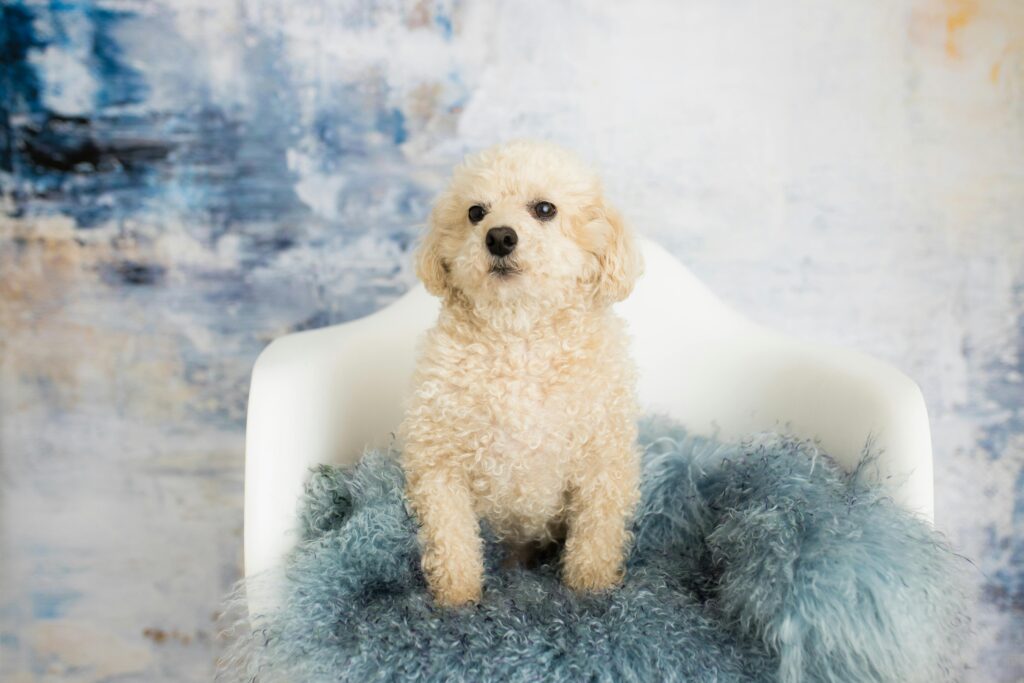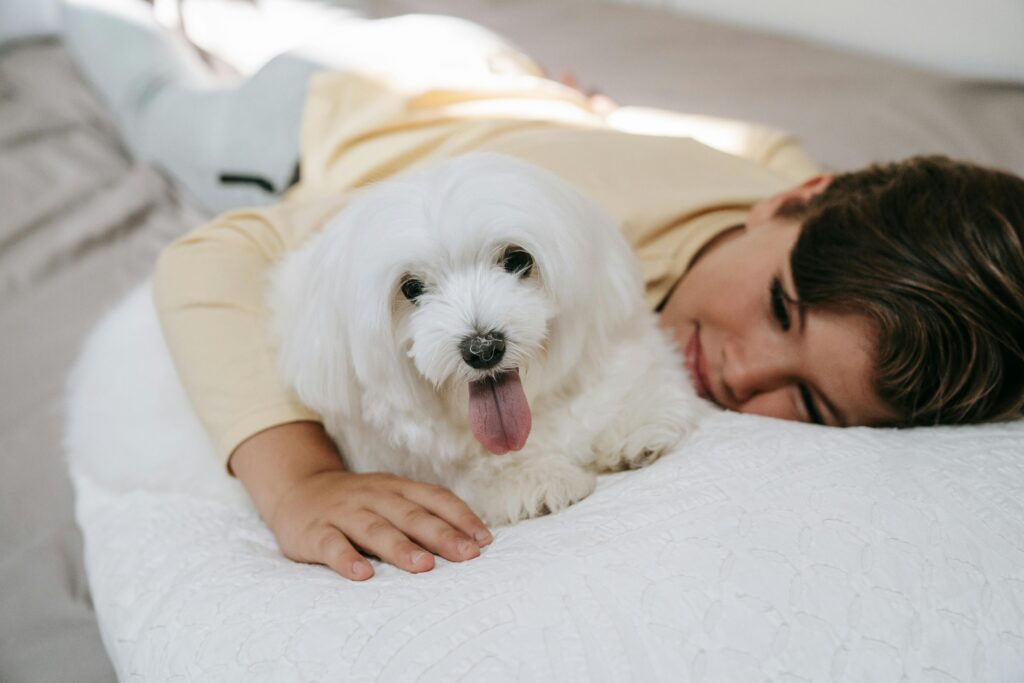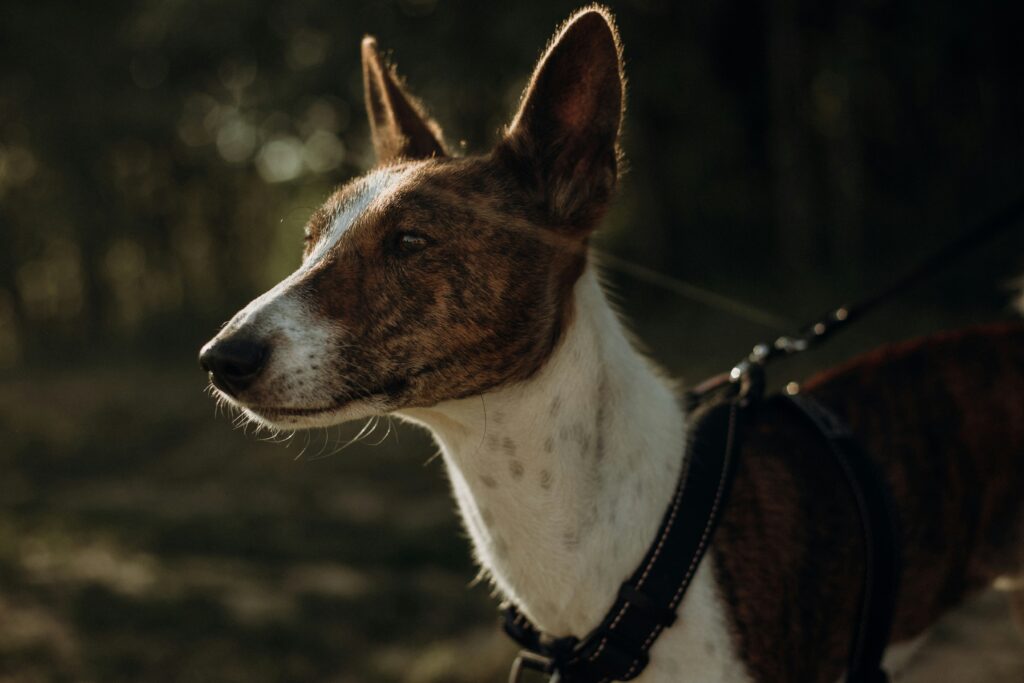TheLitPerspective is your one-stop shop for everything that ignites the spark of curiosity within you.
Best Hypoallergenic Dog Breeds for You and Your Family

Photo by sarandy westfall on Unsplash
Centuries of breeding and domestic evolution have made certain hypoallergenic dog breeds possible for every family.
When choosing a hypoallergenic dog breed for your family, it’s important to consider some aspects. Even if it’s a low-maintenance dog or whatnot, the activeness, grooming needs, and temperament to ensure the best-fit matters. Moreover, with the right breed, families with allergies can enjoy the companionship of a furry friend. Owning a dog can also be a wonderful experience because of all the beautiful things having a dog can bring. However, for those with allergies, it can present a challenge.
Fortunately, several hypoallergenic dog breeds can be great companions for families. Here are some of the best hypoallergenic dog breeds to consider:
Poodle

Photo by Blue Orchid Creations Photography
Poodles are known for their hypoallergenic coats, which shed minimally and produce less dander than many other breeds. They come in three sizes (standard, miniature, and toy). They are highly intelligent, making them easy to train and great family pets.
Maltese

Photo by Katya Wolf
Maltese dogs have a long, silky coat considered hypoallergenic, as they produce little to no dander. They are known for their gentle, affectionate nature and are often described as “lap dogs” due to their love of cuddling.
Schnauzer

Photo by Sebastian Coman Travel
Schnauzers, particularly the miniature and standard varieties, are one of the best choices for your home. It’s due to their wiry, low-shedding coats that make them one of the greatest hypoallergenic dog breeds. They are energetic and loyal and make excellent watchdogs for families.
Portuguese Water Dog

Photo by Gayatri Malhotra on Unsplash
The Portuguese Water Dog is a highly active dog with a thick, curly coat. They are one of those hypoallergenic dog breeds that are intelligent, eager to please, and make excellent family companions.
Basenji

Photo by Marius Cern on Unsplash
Basenjis are unique among hypoallergenic dog breeds, as they are known for their “barkless” nature. They have a short, sleek coat that sheds minimally and are often described as cat-like in their independence and cleanliness.
Shih Tzu

Photo by Alexander Nadrilyanski
Shih Tzus have a long, silky coat considered hypoallergenic, as they produce little dander. They are known for their affectionate, gentle nature and make wonderful family pets. They’re great with kids and are mostly friendly.
Poodle Mixes

Photo by Jamie Trinh on Unsplash
Many hybrid dogs, such as Labradoodles, Goldendoodles, and Cockapoos, include Poodles in their lineage. Poodle mixes, often referred to as designer dogs, have become increasingly popular among those seeking hypoallergenic and versatile canine companions. By combining the low-shedding, allergy-friendly coat of the Poodle with the unique traits of other breeds, these hybrid dogs offer a wide range of options for allergy-prone individuals and families.
Some Self-Checks Before Getting These Hypoallergenic Dog Breeds
No one can deny that dogs are a great addition to any home. Their infectious joy, affection, and love are something to be grateful for experiencing. We even have Dogs with Attitude by Yvonne Bronstorph, a children’s book that encapsulates the joy of having a dog. Plus, given their varied personalities, there’s always one that will fit right into any family.
Here are some crucial self-checks to consider before getting a hypoallergenic dog breed:
- Assess your allergy level: Determine the severity of your dog’s allergies. Some people may only have mild reactions, while others have severe allergic responses. This will help you decide how hypoallergenic the dog needs to be.
- Consider your lifestyle: Hypoallergenic dogs still produce some dander and allergens. Assess whether you have the time and ability to properly groom and care for a dog that may require more frequent bathing and grooming.
- Involve your allergist: Consult an allergist for professional advice on which breeds may best suit your specific allergies. They can also help you understand your triggers and reactions.
- Schedule a meet-and-greet: Before adopting, spend time with the dog you’re considering to see how your body reacts. This can help confirm whether that breed will work for your allergies.
- Prepare your home: Take steps to allergy-proof your living space, like using HEPA air filters, regular vacuuming, and keeping the dog out of the bedroom.
- Be realistic about maintenance: Hypoallergenic dogs still shed and produce dander. Understand the consistent grooming and cleaning required to manage your allergies.
By thoroughly assessing your needs and situation, you can decide which hypoallergenic dog breed may best fit your home and allergies. These precautions can help prepare you and your new furry friend for a healthy, happy life together.
Another thing…
The rewards of owning a hypoallergenic pup are genuinely boundless. Imagine the joy of coming home to a loyal and affectionate companion, free from the sniffles and sneezes that may have plagued you in the past. With the right breed and proper management, you can enjoy the unconditional love and companionship only a dog can provide. All while maintaining a healthy and comfortable living environment that suits you and your family.
To learn more about dogs and their beautiful personalities, get a copy of Dogs with Attitude right now!

Hello! Do you like art? Cats? Manga and anime? Perhaps a chill rainy afternoon? You are very welcome to my world!







